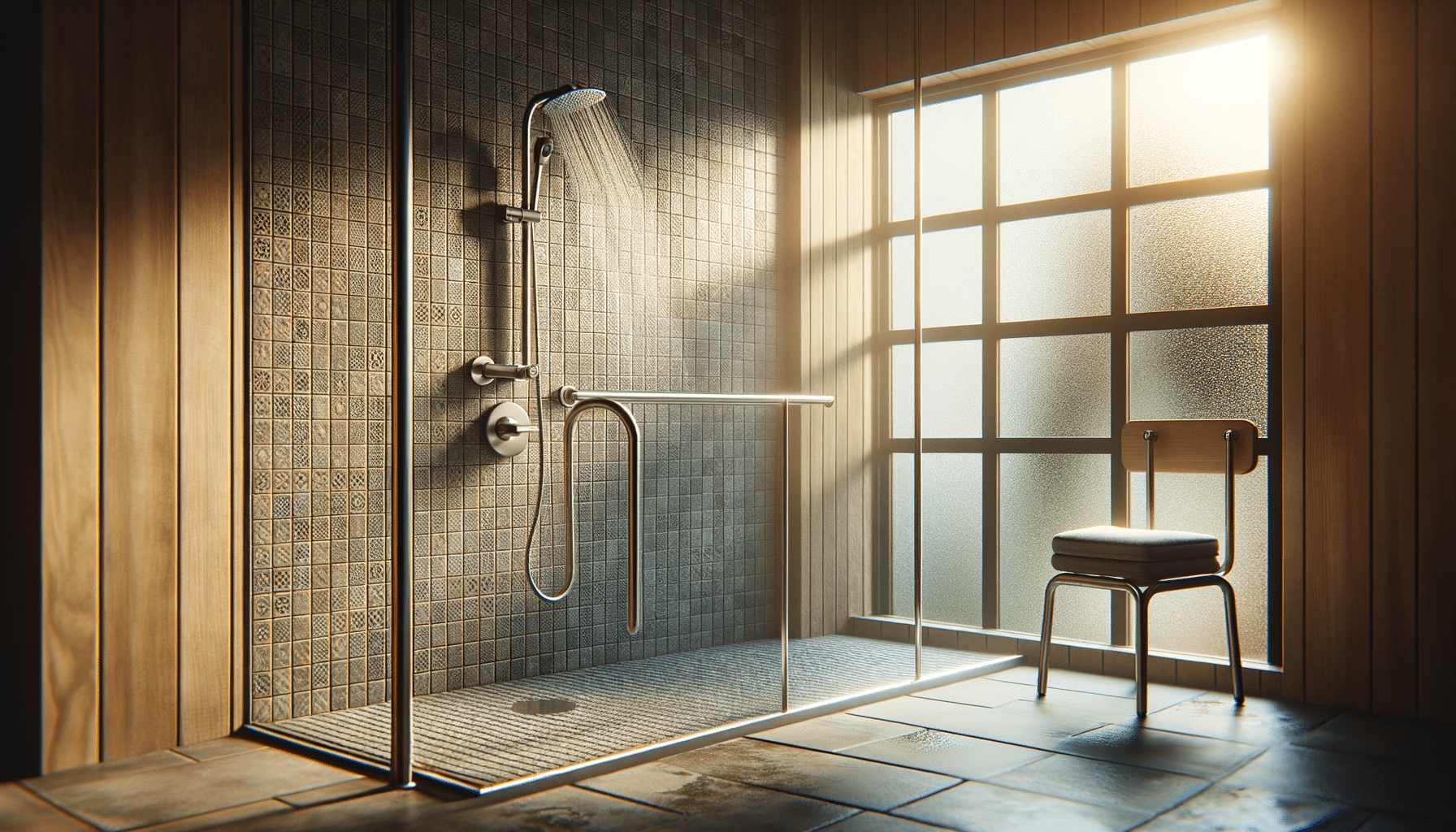
Exploring Steel Beams: Selection, Benefits, and Budget Insights
Introduction to Steel Beams in Construction
Steel beams have long been a cornerstone in construction, providing strength and stability to various structures. Their widespread use is attributed to their exceptional qualities that meet the demands of modern architecture and engineering. In this article, we will explore the benefits of using steel beams, delve into their application in home building, and discuss the different types available for construction projects. Whether you are a homeowner planning a renovation or a builder looking for reliable materials, understanding the nuances of steel beams is crucial.
The Benefits of Using Steel Beams
Steel beams are renowned for their durability and strength, which make them a preferred choice for many construction projects. Here are some of the key benefits of using steel beams:
- Longevity: Steel beams resist wear and tear, ensuring that structures remain safe and stable over long periods.
- Flexibility: They can be molded into various shapes and sizes, making them suitable for a wide range of architectural designs.
- Environmental Impact: Steel is recyclable, making it an eco-friendly option for sustainable construction.
- Fire Resistance: Steel beams offer greater resistance to fire compared to wood, enhancing the safety of buildings.
The cost of steel beams might be higher initially compared to other materials like wood, but their longevity and minimal maintenance requirements often result in cost savings in the long run. This economic advantage, coupled with their structural benefits, makes steel beams an attractive option for builders and architects alike.
Steel Beams in Home Building
In the realm of home building, steel beams offer a robust solution for both structural integrity and aesthetic versatility. They are often employed in the construction of basements, garages, and even in open floor plan designs where large spans are required without intermediate supports.
One of the significant advantages of steel beams in home construction is their ability to support heavy loads without compromising space. This feature is particularly beneficial in homes with expansive living areas or multi-story designs. Furthermore, steel beams can be integrated into the design to enhance visual appeal, offering a sleek, modern look that complements contemporary architectural styles.
While the initial cost of steel beams might be a consideration, the savings on potential repairs and the added value to the property often justify the investment. Additionally, the durability of steel beams ensures that homes built with them can withstand environmental stresses, providing peace of mind to homeowners.
Types of Steel Beams for Construction
The choice of steel beam type is crucial for the success of a construction project. There are several types of steel beams for construction, each with unique properties suited for different applications:
- I-Beams: Known for their distinctive ‘I’ shape, these beams are commonly used in residential and commercial construction for their strength and efficiency.
- H-Beams: With a wider flange, H-beams provide greater support for heavy loads and are often used in large structures.
- T-Beams: Typically used in smaller projects, T-beams offer a cost-effective solution for specific structural needs.
- Box Beams: These hollow beams are ideal for applications requiring a combination of strength and lightness.
Choosing the right type of beam depends on several factors, including the span of the beam, the load it needs to support, and the architectural design of the building. Consulting with a structural engineer can provide valuable insights into selecting the most suitable beam type for your project.
Steel Beam Installation Guide
Installing steel beams requires precision and expertise to ensure structural integrity and safety. Here’s a concise steel beam installation guide to assist in the process:
- Planning: Determine the load requirements and select the appropriate beam type and size.
- Preparation: Ensure the site is ready for installation, with adequate space for maneuvering and securing the beams.
- Installation: Use cranes or other lifting equipment to position the beams accurately. Secure them using bolts and welds as required.
- Inspection: Conduct thorough checks to ensure all connections are secure and the beams are level.
- Safety Measures: Adhere to safety protocols throughout the installation process to protect workers and the structure.
Proper installation not only enhances the durability of steel beams but also ensures the overall safety and stability of the building. It’s advisable to engage professionals with experience in handling steel structures to achieve the best results.
Conclusion: Making Informed Decisions with Steel Beams
Understanding the diverse applications and benefits of steel beams is essential for anyone involved in construction or home building. By considering factors such as the cost of steel beams, their durability, and the different types of steel beams for construction, builders and homeowners can make informed decisions that enhance the longevity and safety of their structures. With the right knowledge and resources, steel beams can be a valuable asset in creating resilient and aesthetically pleasing buildings.


